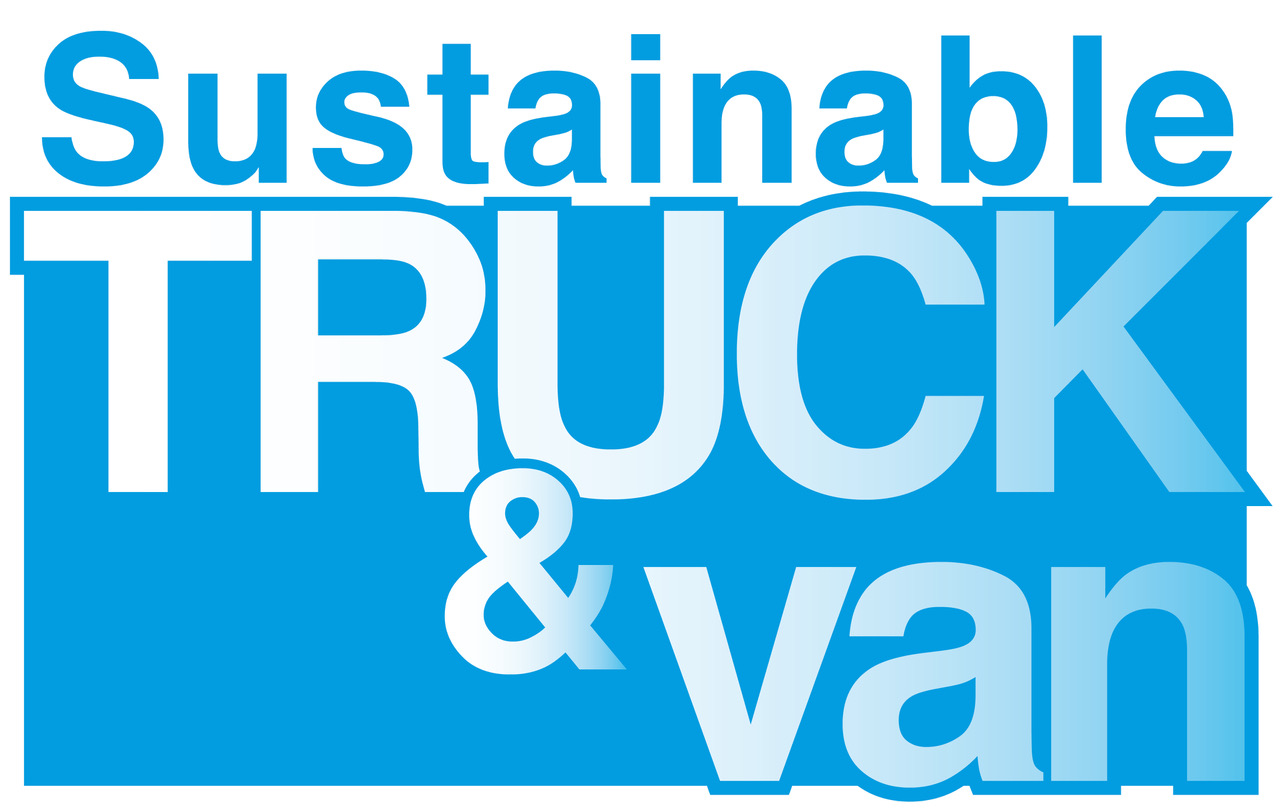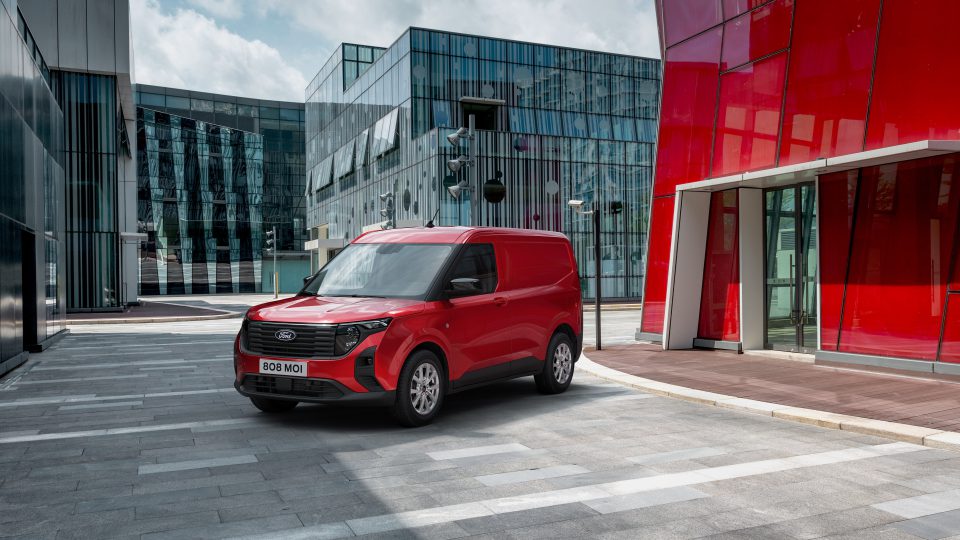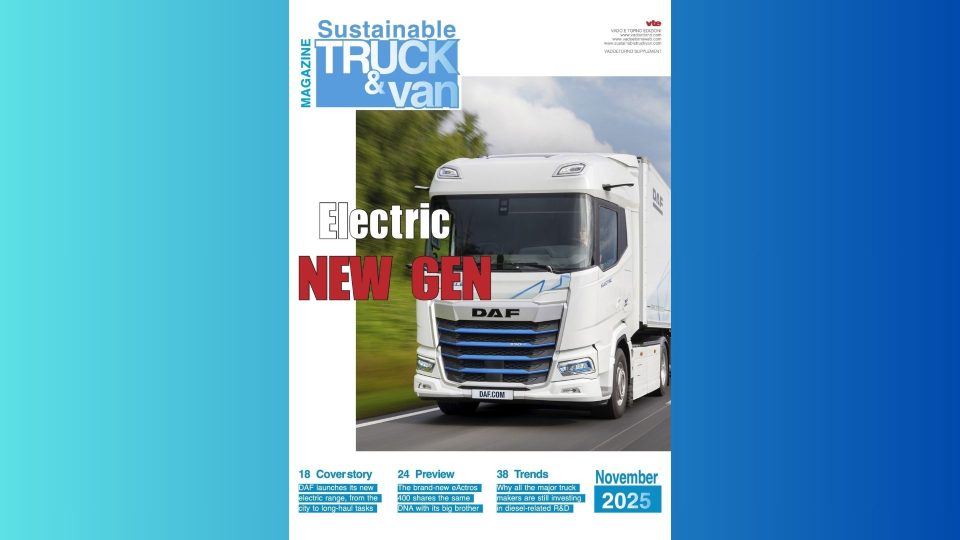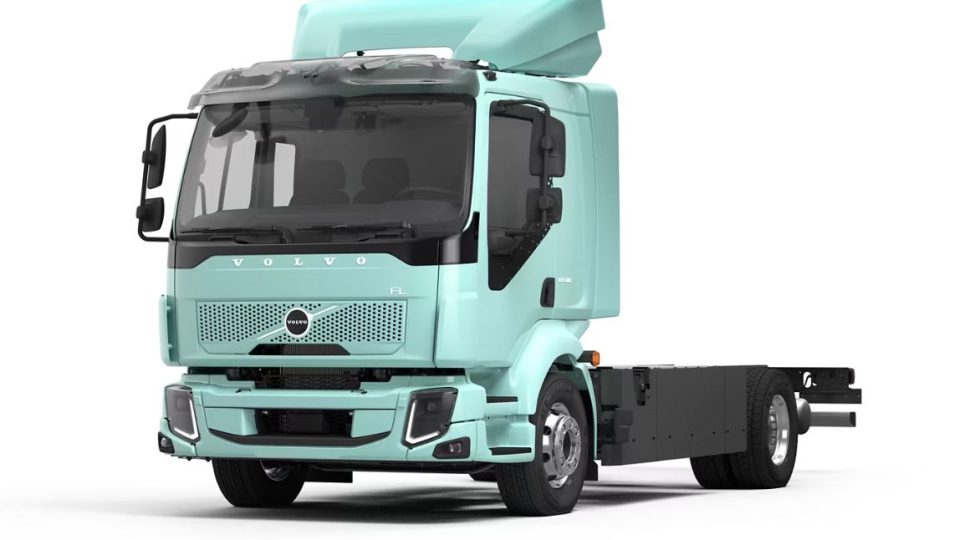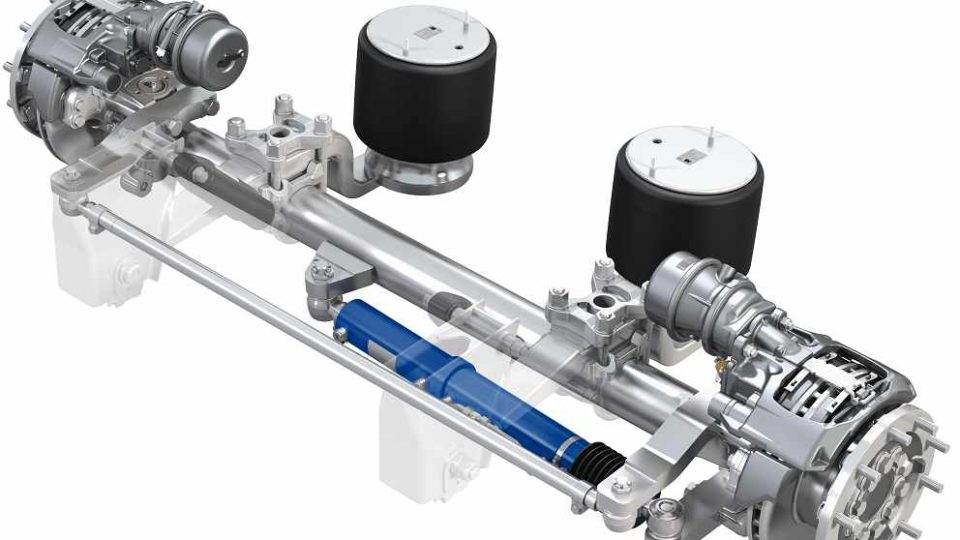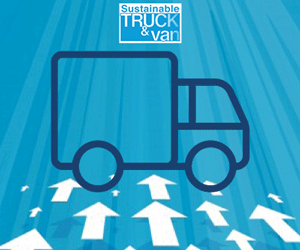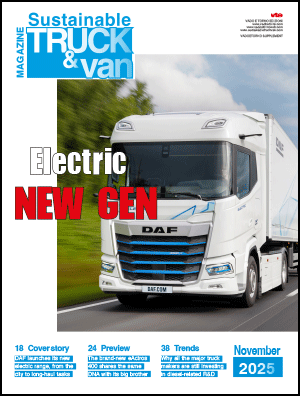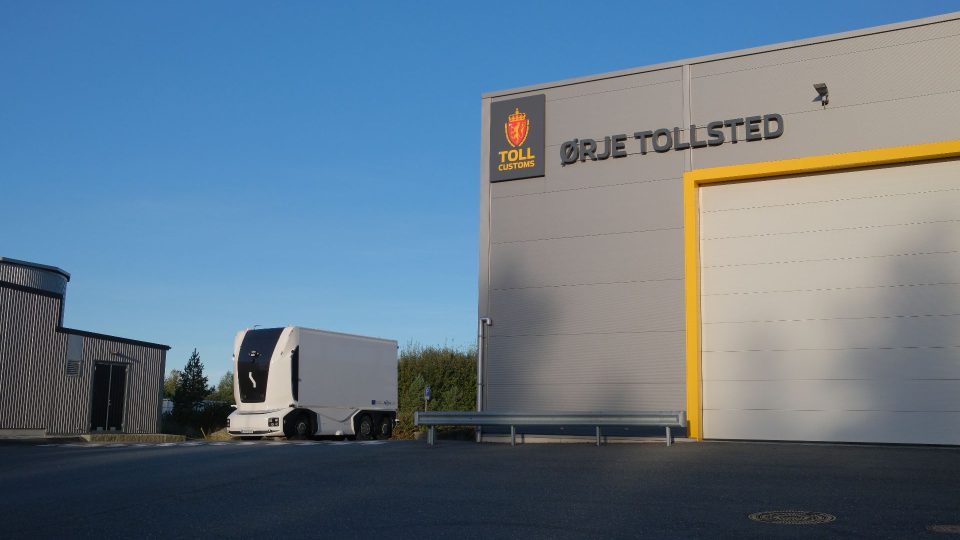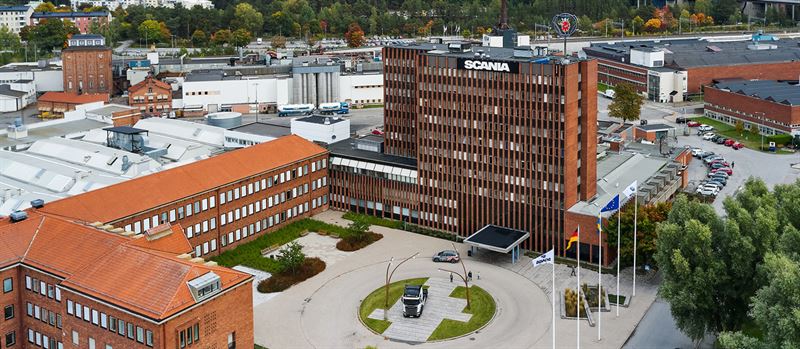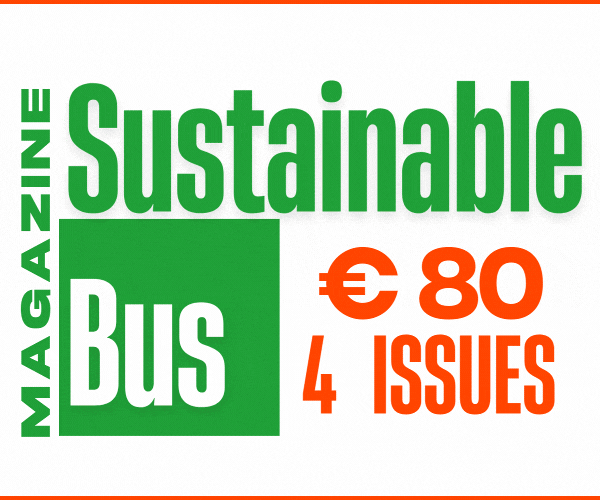Arrival may reduce workforce by 30% due to business restructuring
Talking about the current situation of Arrival, Reuters reports that "its U.S.-listed stock has tumbled 80% so far in 2022, as investors, worried about the economy, abandon companies that do not turn a profit".
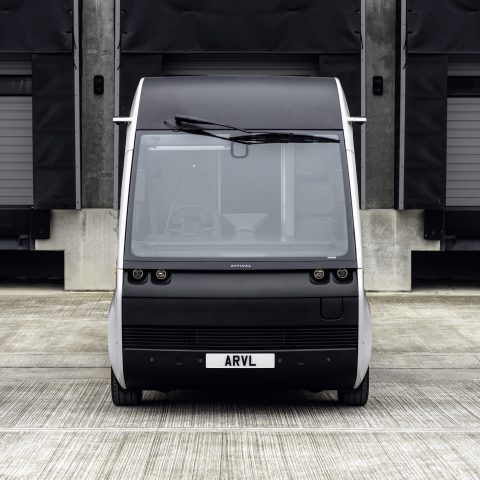
Arrival may reduce workforce by 30% due to business restructuring. That’s what some media, including Reuters, say today about the newcomer in the electric bus and van sector. According to Reuters, in particular, “the restructuring, which the company said is in response to a challenging economic environment, aims at a 30% cut in spending to help meet its business targets until late 2023 using the $500 million cash on hand“.
As Andrea Finardi, Head of Commercial for Souther Europe, explained us in this exclusive interview a few months ago, Arrival’s strategy was building electric vans and buses using smaller and modular factories, called microfactories, to be set initially in some of the major markets detected by the UK-based company.
Arrival: the reasons behind the supposed workforce cut
Talking about the current situation of Arrival, Reuters reports that “its U.S.-listed stock has tumbled 80% so far in 2022, as investors, worried about the economy, abandon companies that do not turn a profit”. Not long ago, Arrival zero-emission van received EU certification and approval, quite an important milestone ahead of the actual commercialization within the European borders.
